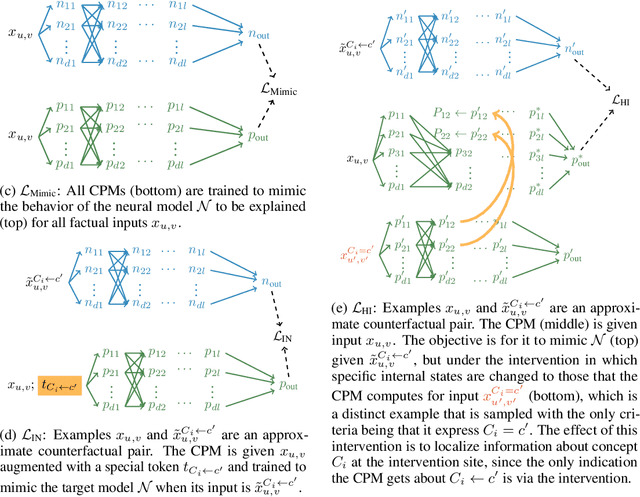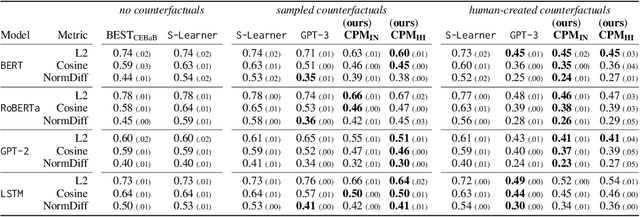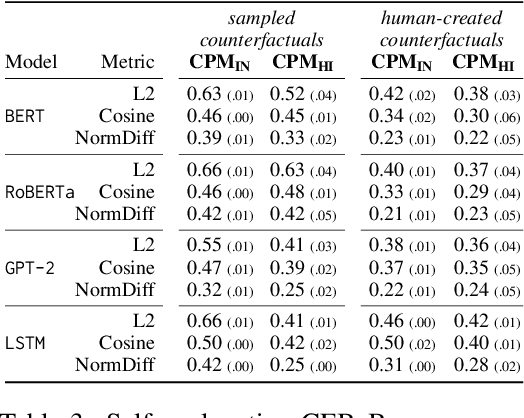Amir Zur
Updating CLIP to Prefer Descriptions Over Captions
Jun 12, 2024Abstract:Although CLIPScore is a powerful generic metric that captures the similarity between a text and an image, it fails to distinguish between a caption that is meant to complement the information in an image and a description that is meant to replace an image entirely, e.g., for accessibility. We address this shortcoming by updating the CLIP model with the Concadia dataset to assign higher scores to descriptions than captions using parameter efficient fine-tuning and a loss objective derived from work on causal interpretability. This model correlates with the judgements of blind and low-vision people while preserving transfer capabilities and has interpretable structure that sheds light on the caption--description distinction.
Causal Proxy Models for Concept-Based Model Explanations
Sep 28, 2022



Abstract:Explainability methods for NLP systems encounter a version of the fundamental problem of causal inference: for a given ground-truth input text, we never truly observe the counterfactual texts necessary for isolating the causal effects of model representations on outputs. In response, many explainability methods make no use of counterfactual texts, assuming they will be unavailable. In this paper, we show that robust causal explainability methods can be created using approximate counterfactuals, which can be written by humans to approximate a specific counterfactual or simply sampled using metadata-guided heuristics. The core of our proposal is the Causal Proxy Model (CPM). A CPM explains a black-box model $\mathcal{N}$ because it is trained to have the same actual input/output behavior as $\mathcal{N}$ while creating neural representations that can be intervened upon to simulate the counterfactual input/output behavior of $\mathcal{N}$. Furthermore, we show that the best CPM for $\mathcal{N}$ performs comparably to $\mathcal{N}$ in making factual predictions, which means that the CPM can simply replace $\mathcal{N}$, leading to more explainable deployed models. Our code is available at https://github.com/frankaging/Causal-Proxy-Model.
 Add to Chrome
Add to Chrome Add to Firefox
Add to Firefox Add to Edge
Add to Edge